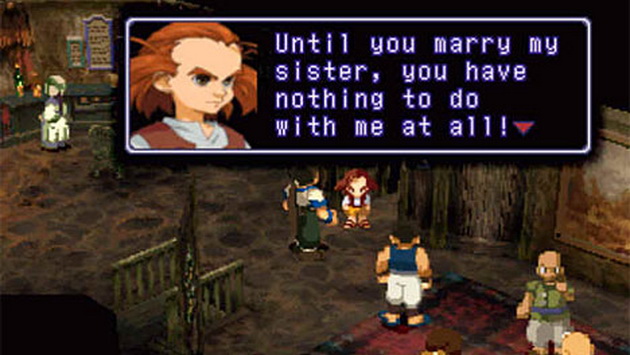For a certain time period, and a certain kind of gamer, Xenogears was the potential of the gaming industry to tell complex imaginative stories; unfortunately, it's a potential we'll likely never see realized. While games with greater emotional and intellectual storytelling have been emerging slowly over the past decade, and the production team behind Xenogears now has proper funding, the…

Atlas is an action-rpg with rogue-like elements where you use your ability to control the ground to fight the enemies and move through procedurally generated worlds.










